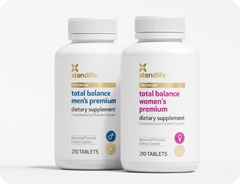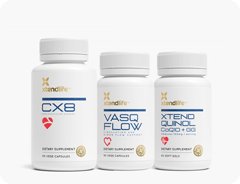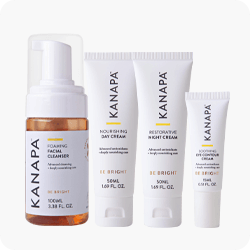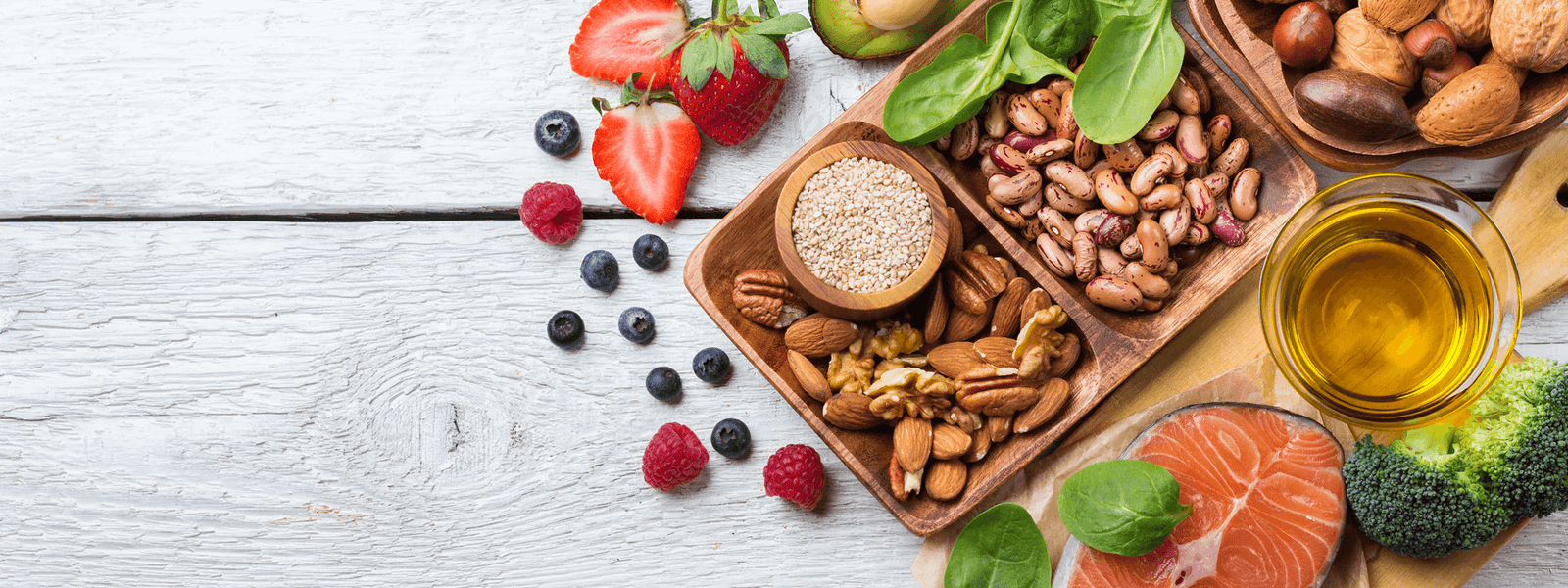But have you ever taken a look at what these regulations actually say?[1]
Because if you've decided to try and eat healthily, you might be getting a little more than you expected.
So with Halloween just around the corner, read on and get a taste of some scary food facts:
- 1 rodent hair is allowed in every 100gm of peanut butter.
- < 60 aphids, thrips or mites are allowed in every 100gm of frozen broccoli.
- 20% of canned pineapple is allowed to be moldy.
- It takes more than 60 insect fragments in every 100gm of chocolate to make it "tainted".
Our approach to food standards
At Xtendlife, we aim to make healthy a lot less scary.
This means going beyond the minimum requirements and standards for the ingredients that go into our products because all ingredients are not created equal - there can be an enormous difference in efficacy, potency, purity and price.
We're also committed to sharing as much information about what goes into our products as possible and have details for over 200 ingredients for our supplements and skincare.
Choosing a supplier
We take an incredible amount of care in who we source ingredients from. Our research process includes speaking not only with the companies supplying our ingredients but often with the scientists who developed them.
For a good example of this process in action, take a look at Cardio-Support product CX8. As its name suggests, CX8 is made up of eight ingredients. Each of these ingredients has a unique story behind them; take a look at the videos to understand what makes them so special:
- Tocotrienols - a personal interview with Dr. Barrie Tan, one of the world's foremost experts on vitamin E.
- Vitamin K2 - a personal interview with Dr. Hogna, the Chief Scientist and CEO of Nattopharma, who is probably the world's foremost expert on Vitamin K2.
- CardiOmegia™ – a personal interview with Dr. Tina Yuen on the benefits of CardioOmegia™ 7 versus other forms of Omega 7 and its advantages when compared to other forms of drugs.
- CyanthOx™ - a personal interview with Dr. Tina Yuen on the benefits of Cyanthox, a powerful antioxidant derived from sea buckthorn and also known for its ability to stimulate stem cell growth.
But wait, there's more (testing that is)
When an ingredient arrives at our manufacturing facility, we don't just rely on Certificates of Analysis and other documentation. Instead, every delivery is tested extensively.
This testing includes:
- Assay (Potency) testing to confirm that the active ingredient(s) is present at the level stated by the manufacturer.
- Microbiological testing including total plate counts for bacteria, mold and yeast, coliforms, E-coli and Salmonella.
- Heavy metal testing. Every delivery of every ingredient must meet our specifications for contamination with heavy metals, such as Mercury, Lead, Arsenic and Cadmium.
On top of this, for every ingredient, there is a range of global standards; we aim to ensure we meet or exceed the requirements for all of them.
The table below outlines the specifications for our Omega 3 products. As you can see, we take extra precautions by setting our acceptable levels for Mercury well below what regulations require.

Bridge your nutrient gap
At Xtendlife, we realize healthy eating isn't always easy. That's why our core products like our Total Balance nutrient system and Omega 3 Fish Oil contain what you need to help bridge the nutrient gap throughout the year.
And if you need something extra, we also have products such as Immu-Stay, which can help your immune system get a boost when the seasons change, and you need it the most.
References
1. https://www.fda.gov/food/ingredients-additives-gras-packaging-guidance-documents-regulatory-information/food-defect-levels-handbook


 Supplements
Supplements Bundles
Bundles


























